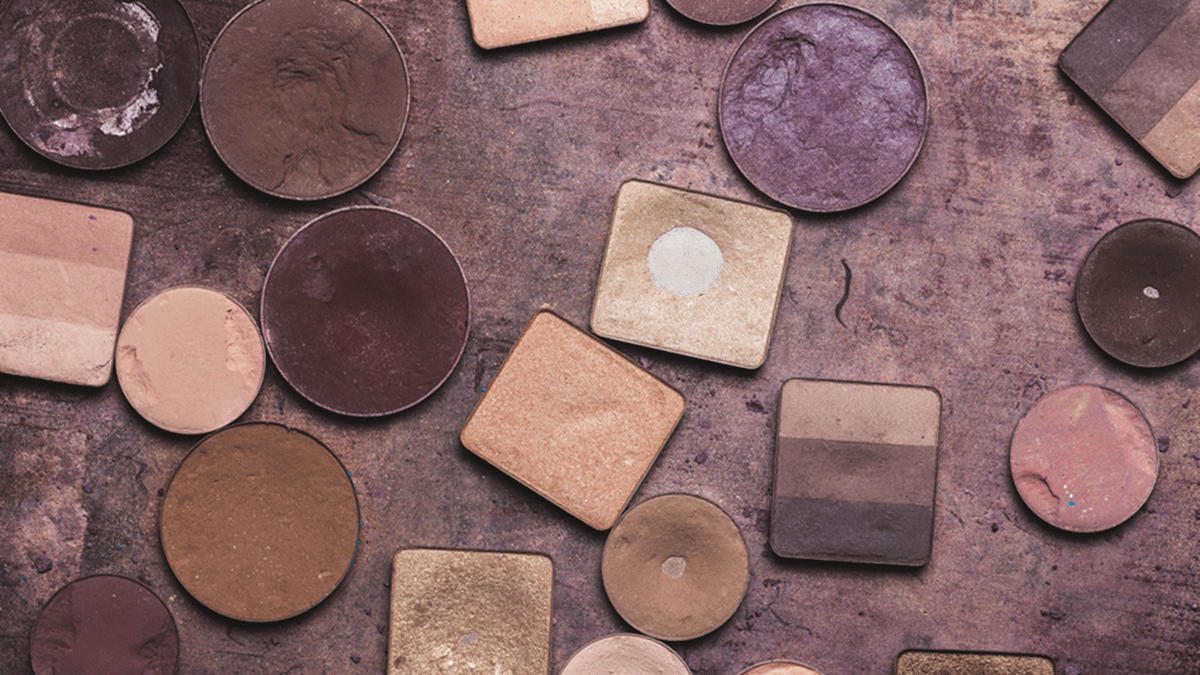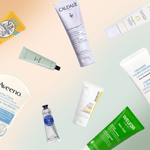This Is What Happens When You Use Old Makeup On Your Face

While we don't want to be wasteful, using old makeup products might be doing more harm than good.
Sure, you know not to share mascara to prevent getting an infection, and you know to toss out a product if it looks a little off. But if old makeup products look and smell okay, do we really have the chuck them?
Best Health spoke to makeup artist Chase Aston, spokesperson for The Body Shop makeup, to shed some light on the issue.
What happens to makeup as it gets old?
Once you open the packaging of your makeup and air hits the formulation, the clock starts ticking and your product will naturally start to oxidize and degrade. This is nothing to worry about, as most beauty products have a life span of one to three years. Check with the supplier when purchasing if you’re unsure.
Eyeshadow, blush, lipstick, eye pencil and foundation shades will not deteriorate over time as the colour pigments are consistent throughout the product. The texture and consistency, however, may change depending on the environment that they are stored in.
In extreme cases, old makeup may have become contaminated with yeast, fungal and bacterial growth, which can gradually build up and render preservatives to be ineffective. Again, this would depend on the product and formulation. My advice is, if the product smells rancid or appears funky – discard it.
(Related: 8 Drugstore Beauty Products That’ll Make You Want to Play With Makeup Again)
What are some of the effects of using old makeup?
Fungal and bacterial growth may have developed and built up on your old makeup, but as most products are packed with preservatives this is a worst-case scenario.
When using old makeup, you may find that the ease of application, colour lay-down, texture and longevity of the product may be compromised, which would reduce the effectiveness of the formulation. Again, this would be determined by the environment and temperature. For example: Where is the product stored? Is the area cool, warm, damp or in direct hot sunlight?
Eye and skin infections are the most common problems with old, used and borrowed makeup. Never share makeup, especially lipstick, mascara, eyeshadow or pencils. The other person could have a silent, unseen, yet still infectious cold sore or eye infection that’s easy to catch and pass on.
If I have products I’ve never used that are several years old, do I still need to throw them out?
If you have unopened makeup that has not been exposed to the air or in constantly changing environmental temperatures, then you may still be able to use it. I would suggest that you check the manufacturer’s expiry date on the packaging. Or if you can remember when you purchased the product, check to see if it falls into the product’s natural and recommended life span. Again, if in doubt – can it! It is not worth the possible unsightly skin and eye infections.
What products are non-negotiable when it comes to throwing them out?
All products, period – but especially skin care products that have changed in colour, smell or consistency. If a thin, watery layer appears on any makeup surfaces, these should also be discarded immediately. It is best to be on the side of caution and save yourself a visit to the doctor.
I’ve never had a problem with using old makeup. Why should I change my routine now?
Congratulations, you have been very lucky! This shows that you do not share your makeup with others, so there is no extra exposure or contamination with bacteria, fungi and infectious viruses. The storage area where you keep your products may have ideal conditions and your containers are kept airtight and secure.
I’ve just gotten over an eye infection, and I was wearing eye makeup through the whole thing. What should I do?
You may want to discard shadows, liners, mascara, brushes and sponges that may have come into contact with the infected area. Continuing to use the same products during and after the initial infection may cause reinfection.
Are there any ways to clean old makeup?
For unused eyeshadows, powder blush, lip liners, eye pencils and lipsticks, if the container, lid and packaging is airtight and clean, then you can swipe the makeup with a cotton swab or cotton pad soaked in rubbing alcohol. (Look for 99 percent isopropyl alcohol – available at any good drugstore.) This will kill any bacteria without affecting the shade and texture of the product.
If your makeup is old and worn, yet still falls under the manufacturer’s use-by guidelines, you can also use the above method to clean and sterilize it. With any other products other than those listed above, discard and replace.
Next: 40 of the Best Beauty Products of All Time That Should Be on Your Radar




